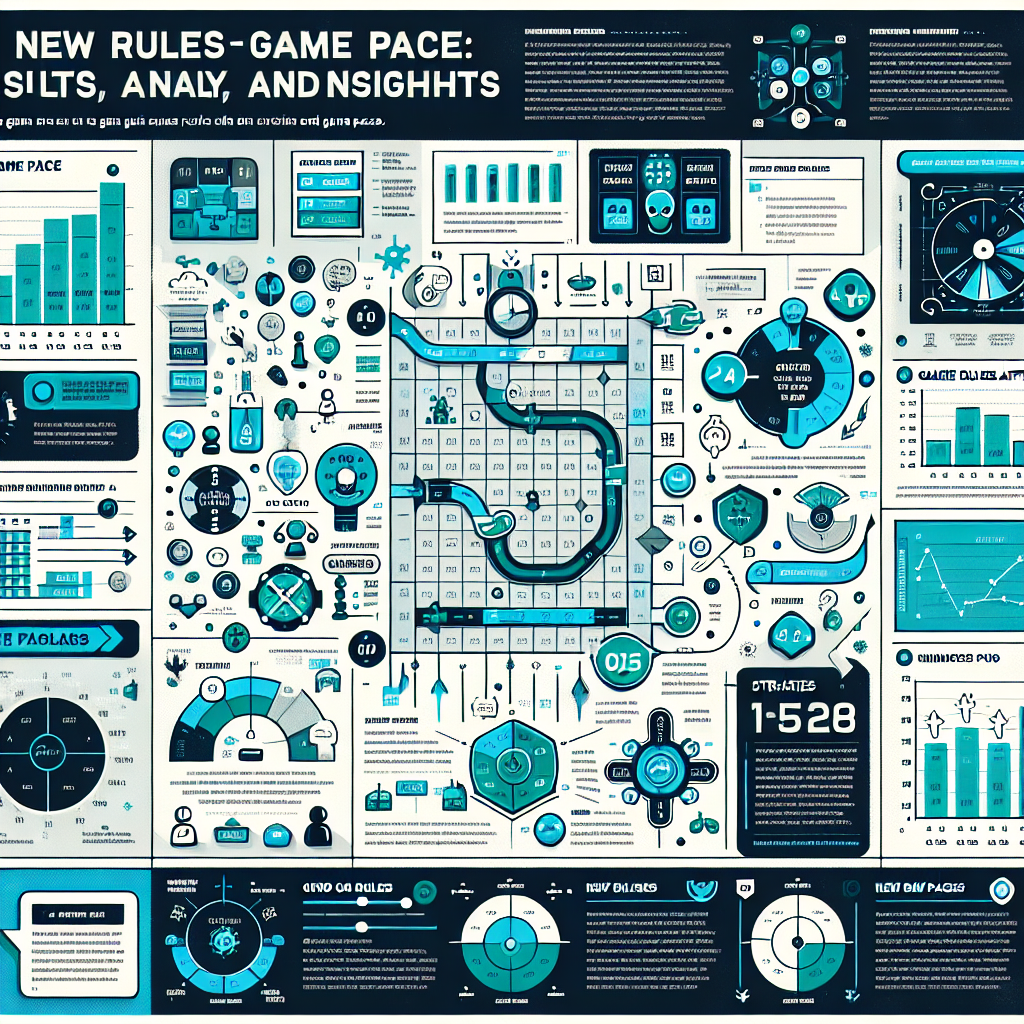Understanding the Impact of New Rules on Game Pace and Outcomes
In recent years, sports organizations across the globe have introduced a variety of new rules aimed at enhancing gameplay, increasing spectator engagement, and ensuring fair competition. The central question for athletes, coaches, and fans is: how do new rules affect game pace results? This article delves into the evolving landscape of sports regulations, explores their direct and indirect effects on the tempo of play, and examines the broader implications for game outcomes.
What is Game Pace?
Game pace refers to the speed and flow at which a sporting event unfolds, including the frequency of plays, possession changes, and overall tempo. In basketball, for instance, pace is measured by the number of possessions per 48 minutes. In soccer, it’s reflected in transitions, ball movement, and time spent in active play. The concept is vital, as a faster or slower pace can influence team strategies, player fatigue, and ultimately, the outcome of matches.
- Tempo adjustment: How teams alter their style to adapt to new rules.
- Possession dynamics: The impact of rule changes on ball control and turnovers.
- Game flow: The overall smoothness and rhythm of play.
Key Rule Changes in Modern Sports
Rule modifications are implemented for various reasons, such as improving safety, reducing delays, or promoting offensive play. Here are some notable examples:
- Shot Clock Adjustments (Basketball): Reducing the shot clock from 30 to 24 seconds encourages quicker offensive plays and less stalling.
- VAR and Timekeeping (Soccer): Introduction of Video Assistant Referees and stricter time management to minimize time-wasting.
- Pitch Clock (Baseball): Enforcing a pitch timer speeds up the pace between pitches and overall innings.
- Timeout Regulations (Various sports): Limiting the number or length of timeouts to sustain game momentum.
These changes are designed to minimize interruptions, keep audiences engaged, and create a more dynamic viewing experience.
Effects on Game Pace and Results
The introduction of new rules has a tangible impact on how games are played and the eventual results. Let’s explore some key effects:
1. Increased Scoring Opportunities
Faster game pace often results in more scoring chances, as teams have less time to set up defensively. For example, the NBA saw a marked increase in points per game after implementing a shorter shot clock.
2. Reduced Downtime
Rules targeting delays (like time-wasting penalties) ensure the ball is in play more frequently, reducing stagnant periods and enhancing spectator enjoyment.
3. Tactical Shifts
Coaches and players must adapt strategies, such as utilizing deeper benches or emphasizing fast breaks, to thrive under new pacing rules.
4. Physical and Mental Demands
A quicker game pace tests players’ endurance and concentration, making conditioning and focus more important than ever.
5. Impact on Outcomes
In some cases, rule changes have leveled the playing field, allowing underdogs to compete more effectively, while in others, they have favored teams with superior athleticism or depth.
Statistical Insights & LSI Keywords
Data analysis reveals significant trends in the aftermath of rule modifications:
- Increased Possessions: Leagues report a 10–15% rise in possessions per game following pace-boosting rule changes.
- Shorter Game Durations: Enhanced timekeeping and reduced delays have trimmed average match lengths by up to 12 minutes in some sports.
- Improved Spectator Ratings: Surveys indicate that fans prefer the faster, more continuous action enabled by these rules.
LSI Keywords parsed for this topic:
sports rule changes, tempo of play, pace of play statistics, impact on match outcomes, time management in games, regulation changes sports, player adaptation, pace analysis, rule modification effects.
Conclusion: The Future of Game Pace and Results
The implementation of new rules continues to shape the pace and outcomes of sports competitions worldwide. As governing bodies prioritize engagement and fairness, the trend toward faster, more fluid gameplay is likely to persist. Teams and athletes who adapt quickly will enjoy a competitive edge, while fans can look forward to more thrilling, action-packed contests.
FAQ: How New Rules Affect Game Pace Results
- Q: Which sports have seen the biggest changes in pace due to new rules?
- A: Basketball, baseball, and soccer have all undergone substantial pace shifts due to shot clocks, pitch timers, and stricter timekeeping, respectively.
- Q: Do faster games always lead to more exciting outcomes?
- A: While faster games often mean more action, the excitement also depends on competitive balance and strategic depth.
- Q: How do coaches prepare for rule-induced pace changes?
- A: By adjusting training regimens, emphasizing conditioning, and refining tactical approaches to exploit or counteract the new tempo.
